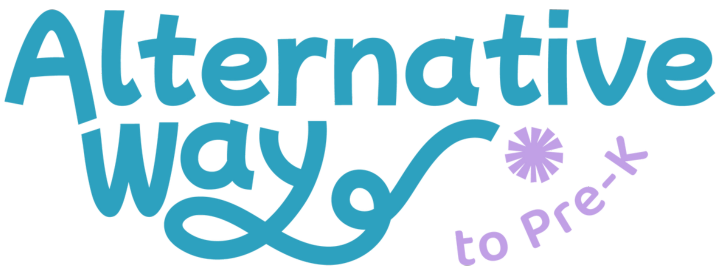A few months ago, I surveyed early childhood special education (ECSE) teachers who use Creative Curriculum. My goal? To understand how educators feel about this curriculum. Is it neurodiverse affirming? Appropriate for ECSE classrooms? How much of it is actually being used, and how much requires significant adaptation?
The results were eye-opening but not surprising. The overwhelming consensus: Creative Curriculum is not designed with ECSE in mind.
Why Creative Curriculum Falls Short for ECSE
Let me start by saying I LOVE Creative Curriculum—for general education. It’s engaging, supports play-based and hands-on learning, and gives teachers plenty of flexibility. In general education settings, it works beautifully.
But when it comes to ECSE classrooms? It misses the mark. And most of you seem to agree.
So, why do ECSE teachers continue to use Creative Curriculum? According to the survey, 98% of educators reported that their program or district requires it. Here’s my theory on why districts insist on using Creative Curriculum in ECSE programs:
- Alignment with General Education: Many districts want ECSE and general education programs to align, ensuring all students have access to similar learning experiences. While this makes sense in theory, the reality is that Creative Curriculum requires extensive accommodations to even begin to work for ECSE classrooms.
- Color Bands and GOLD Assessment: The Creative Curriculum’s color bands and GOLD assessment tools do address developmental milestones from birth. However, just because some Intentional Teaching Cards and assessment tools align with the skills seen in self-contained preschool classrooms doesn’t mean the curriculum as a whole is appropriate for neurodivergent learners.
Adapting Creative Curriculum for ECSE Classrooms
Here’s the hard truth: 96.5% of educators surveyed said they need to make significant adaptations or modifications to use Creative Curriculum effectively in their ECSE classrooms. If the majority of ECSE teachers are heavily adapting the curriculum, isn’t it time for Teaching Strategies to recognize this and make Creative Curriculum more accessible for neurodivergent students? Or maybe just stop advertising that it “works” in ECSE classrooms.
When asked to rate the curriculum’s appropriateness for ECSE on a scale of 1 to 5 (with 1 being the least appropriate and 5 being the most):
- 30% rated it a 1
- 36% rated it a 2
- 28% rated it a 3
The data speaks for itself: Creative Curriculum, as it stands, does not meet the needs of ECSE classrooms, particularly self-contained ones.
What’s the Solution?
If you’re wondering which curriculum does work for ECSE, I wish I could give you a definitive answer. After trialing and researching various preschool curriculums, the closest I’ve found is Unique Learning System. However, many ECSE teachers are still required to use Creative Curriculum.
I once was sitting in training with a rep with a Creative Curriculum and when I kept bringing up the various challenges I faced with implementing the curriculum with fidelity, they kept talking about the exposure and color bands. Yes, it is important to expose students to the same opportunities as their peers, but we still have the job of teaching our students, and if we spend all our time exposing vs. teaching to our student’s skill set, it’s not a good use of time. As a college student, I could have taken history classes if I wanted to be exposed to the same content as my roommate, but that doesn’t mean it was the best use of my time as an education major.
That’s why I’ve created adapted and supplemental resources to make Creative Curriculum work for ECSE classrooms. These resources bridge the gap, allowing teachers to provide meaningful, neurodiverse-affirming instruction while meeting district requirements.
If you want to learn more about how I adapt Creative Curriculum for ECSE, check out my detailed blog post here. Or, if you’re ready to dive into the resources, click here.
Final Thoughts
Creative Curriculum has its strengths, but it’s not a one-size-fits-all solution—especially for ECSE classrooms. As educators, we need to advocate for tools and resources that truly meet the needs of our students. Until that happens, adapting what we have is our best option. Let’s continue to share strategies and resources to ensure every child gets the education they deserve.
